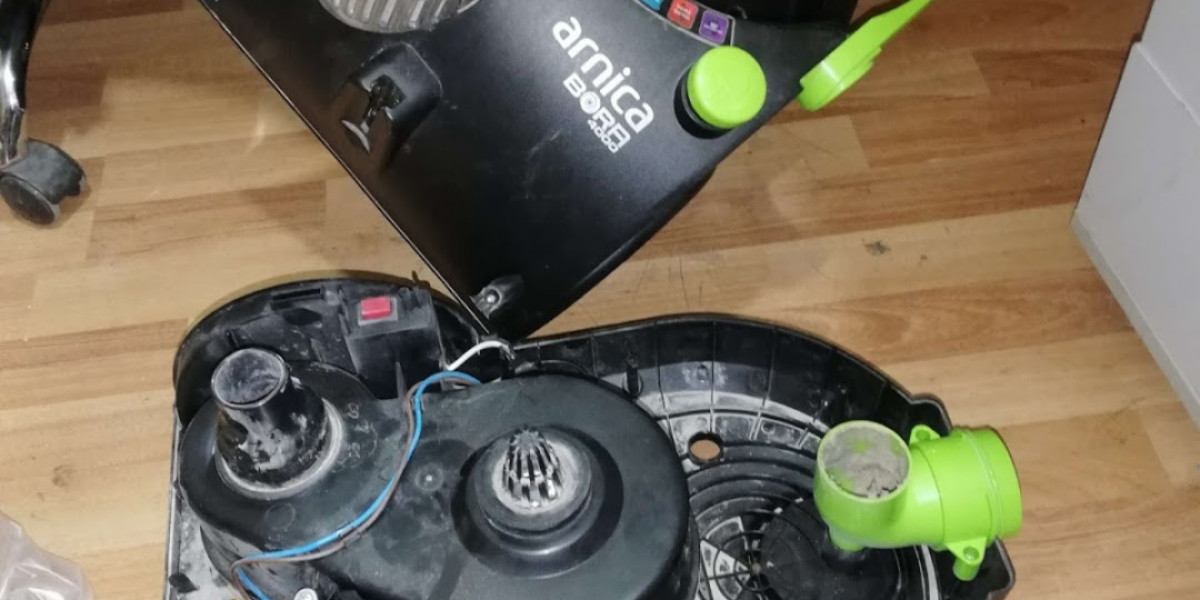In an era where environmental consciousness is paramount, industries that rely on waterborne transportation face increasing scrutiny regarding their impact on aquatic ecosystems. The maritime sector, in particular, has witnessed a paradigm shift towards sustainable practices. The Vessel General Permit (VGP) stands as a crucial regulatory framework, playing a pivotal role in mitigating the environmental footprint of vessels. In this article, we explore the significance of the VGP, its objectives, and the measures it imposes to ensure cleaner and greener maritime operations.
Understanding the Vessel General Permit (VGP):
The Vessel General Permit is a regulatory instrument introduced by the United States Environmental Protection Agency (EPA) to address the environmental impact of vessel discharges. Enacted under the Clean Water Act, the VGP establishes a set of guidelines and standards to regulate various discharges from vessels into U.S. waters, aiming to protect water quality and aquatic ecosystems.
Key Objectives of the VGP:
Pollutant Control:
One of the primary objectives of the VGP is to control and reduce the discharge of pollutants from vessels. These pollutants include ballast water, deck runoff, bilge water, and other wastewater streams that may contain contaminants harmful to marine life.
Invasive Species Prevention:
The VGP addresses the issue of invasive species introduction through ballast water discharges. It mandates the use of ballast water treatment technologies to prevent the transfer of non-indigenous species, helping to preserve the balance of local ecosystems.
Oil and Fuel Management:
The VGP includes stringent regulations regarding oil and fuel management to prevent accidental spills and discharges. Vessels must implement measures such as oil-water separators and regular inspections to ensure compliance with these requirements.
Antifouling Measures:
To control the use of toxic substances in antifouling coatings, the VGP sets standards for hull maintenance and coating application. This helps in preventing the release of harmful chemicals into the water, safeguarding marine habitats.
Monitoring and Reporting:
Vessel operators under the VGP are required to monitor and report their discharges regularly. This transparency enhances accountability and ensures that regulatory authorities can assess and enforce compliance effectively.
Compliance Challenges and Innovations:
While the VGP represents a significant step towards sustainable maritime practices, compliance poses challenges for the industry. Implementing advanced technologies, such as eco-friendly antifouling coatings and ballast water treatment systems, becomes imperative for vessel operators.
Innovations in propulsion systems, including the adoption of cleaner fuels and energy-efficient technologies, are also crucial in meeting the VGP's objectives. The maritime industry is witnessing a shift towards hybrid and electric propulsion systems, reducing emissions and minimizing the environmental impact of vessel operations.
Conclusion:
The Vessel General Permit stands as a cornerstone in the pursuit of environmentally responsible maritime activities. By regulating various discharges and encouraging the adoption of eco-friendly technologies, the VGP not only protects aquatic ecosystems but also prompts the maritime industry to embrace sustainable practices. As vessels continue to traverse the world's waters, the VGP serves as a beacon, guiding the way towards a cleaner, healthier, and more environmentally conscious future for the maritime sector.








